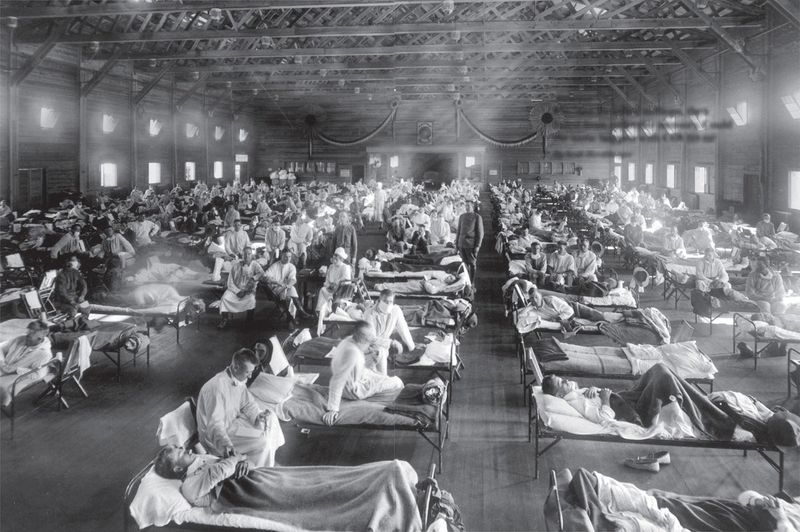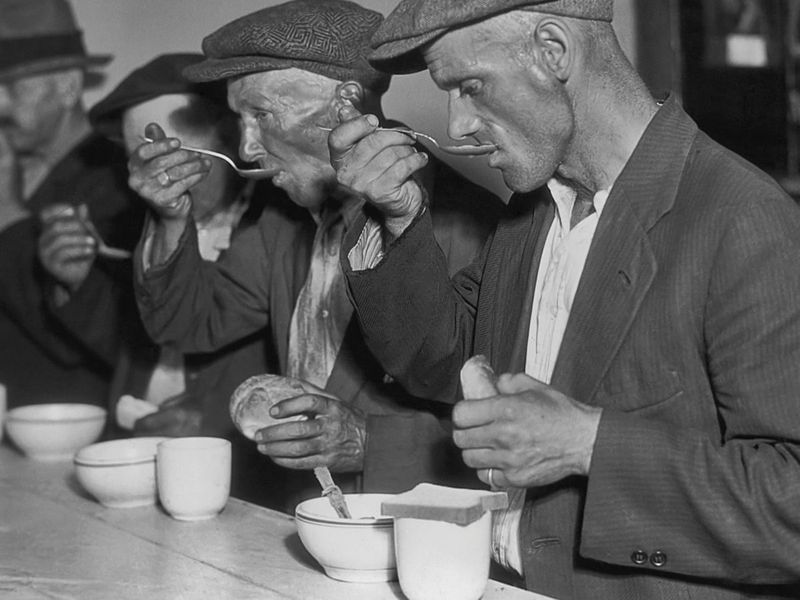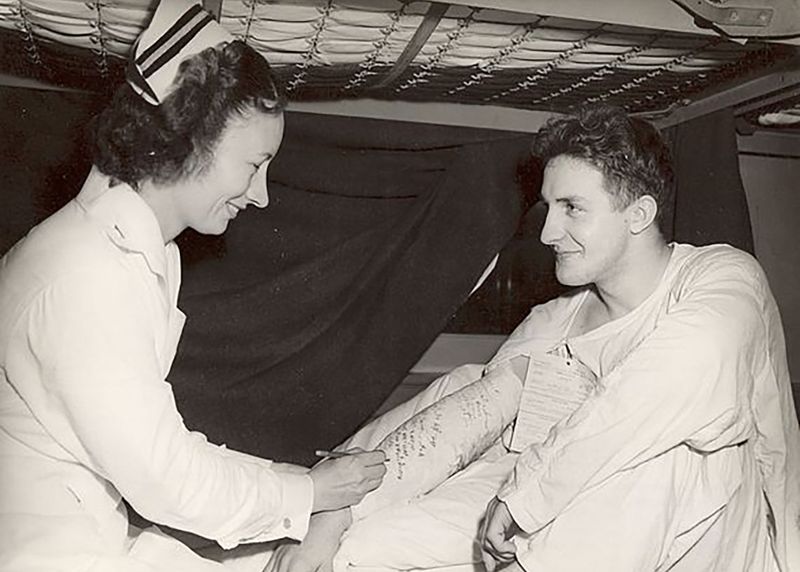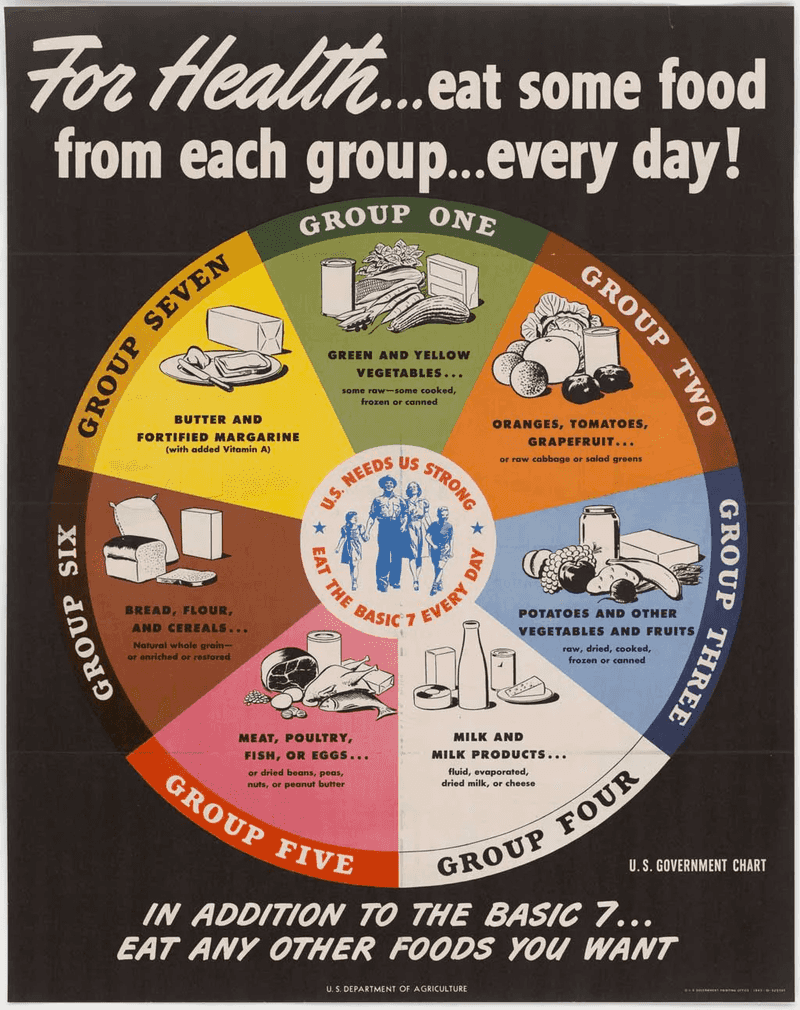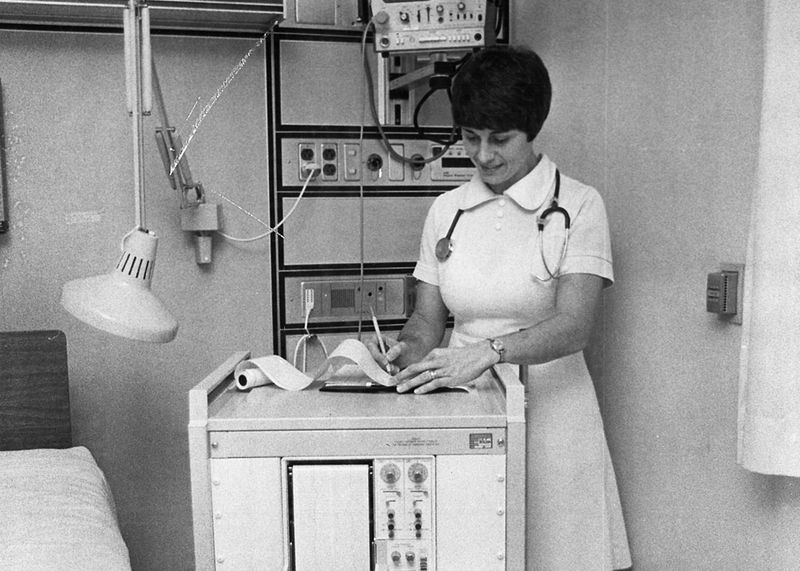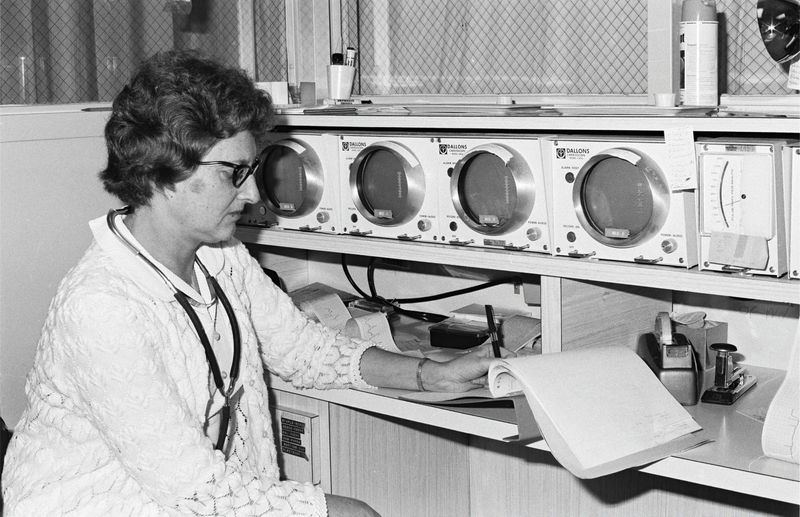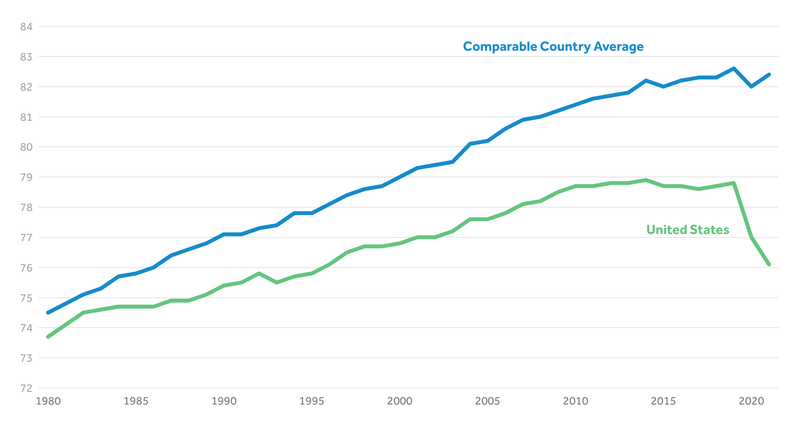Life expectancy has seen dramatic shifts over the decades, influenced by medical progress, lifestyle changes, and historical events.
From the aftermath of pandemics to breakthroughs in medicine and technology, each era reflects unique challenges and achievements. Were you born during a time of significant health advancements or shorter lifespans?
1. 1920s: The Aftermath of a Pandemic
In the 1920s, average life expectancy hovered around 53 years. The decade followed the devastating 1918 flu pandemic, which claimed millions of lives worldwide. Medical advancements were in their infancy, with antibiotics yet to be discovered.
Public health measures began to improve, although much of the world still grappled with the pandemic’s aftereffects. In many regions, basic healthcare access was limited, impacting longevity.
Despite these challenges, the foundation for future medical progress was being laid, hinting at a healthier future.
Communities began to understand the importance of hygiene, sanitation, and public health interventions.
2. 1930s: The Great Depression’s Toll
During the 1930s, life expectancy rose slightly to around 57 years. The decade was marked by the Great Depression, leading to widespread unemployment and poverty. Many families struggled to afford basic necessities, including adequate nutrition.
Malnutrition and poor living conditions contributed to health challenges. Despite economic hardships, some public health initiatives began to take root, aiming to improve community well-being.
The era underscored the link between economic stability and health. As governments sought to support their populations, the groundwork for future welfare systems and healthcare reforms was established.
3. 1940s: World War II and Medical Breakthroughs
In the 1940s, life expectancy surged to about 63 years. World War II dominated the decade, profoundly impacting global health and medical research. The war spurred significant advancements, including the mass production of penicillin, a first in antibiotics.
While the conflict caused immense suffering, it also accelerated medical innovation, particularly in trauma care. Vaccination programs saw expansions, and public health strategies were refined.
The post-war period witnessed an increased focus on rebuilding and bettering health infrastructure. As nations recovered, the seeds of modern healthcare were sown, promising improved health outcomes for future generations.
4. 1950s: A Healthier, Post-War Boom
The 1950s witnessed life expectancy rise to approximately 67 years. The decade signified a period of prosperity, marked by better nutrition, economic growth, and medical improvements. Vaccinations against polio and other diseases became widespread, drastically reducing fatalities.
Household incomes increased, allowing more families access to healthcare services and healthier lifestyles. The era celebrated the triumph over previous epidemics, with public health campaigns promoting wellness.
Communities thrived in this optimistic period, laying the groundwork for comprehensive health systems. The emphasis was on prevention and health education, signaling a shift towards more sustainable, long-term health benefits.
5. 1960s: A Decade of Change and Medical Progress
In the 1960s, life expectancy reached around 70 years. This era of change saw substantial medical progress, particularly in heart disease research and awareness about smoking’s health risks.
Public health campaigns gained momentum, emphasizing preventive care and healthier lifestyles. The medical community also focused on mental health, paving the way for more holistic approaches to wellness.
Technological innovations began to revolutionize treatment options, making healthcare more effective. As societies embraced these changes, life expectancy continued to climb, reflecting a growing understanding of health complexities and the importance of early intervention.
6. 1970s: Modern Medicine Takes Off
Life expectancy in the 1970s advanced to about 72 years, thanks to breakthroughs in modern medicine. Preventive healthcare became a focal point, with routine check-ups and screenings becoming standard practice.
The development of organ transplants and advanced surgical procedures marked this decade, significantly improving survival rates for many conditions.
Public health initiatives continued to expand, with a strong emphasis on community health education. As awareness of health issues grew, so did the resources dedicated to combating them. This era laid the groundwork for the sophisticated healthcare systems we benefit from today.
7. 1980s: A Time of Growth and Health Risks
In the 1980s, life expectancy climbed to approximately 74 years. However, this decade was overshadowed by the HIV/AIDS crisis, which posed significant health challenges globally. The epidemic spurred action, leading to advancements in virology and public health responses.
Alongside these challenges, the proliferation of processed foods contributed to health risks, including rising obesity rates. Despite this, healthcare continued to improve, offering new treatments and hope.
The 1980s emphasized the importance of healthy living and disease prevention. Public awareness campaigns became crucial in educating populations about lifestyle choices and their long-term impacts on health.
8. 1990s: Longer Lives, New Challenges
During the 1990s, life expectancy increased to around 76 years. This era saw significant advancements in treating heart disease, thanks to better medications and surgical techniques.
However, rising obesity rates posed new health challenges, highlighting the need for lifestyle interventions. The internet began to play a role in health education, allowing for greater access to information.
Medical research continued to advance, offering insights into chronic diseases and prevention strategies. As societies adapted to these changes, the focus shifted towards maintaining quality of life alongside longevity, ushering in a more informed and proactive approach to health.
9. 2000s: The Digital Age and Longevity
In the 2000s, life expectancy reached about 78 years, driven by the digital revolution’s impact on healthcare. Electronic health records and telemedicine began transforming patient care, making services more accessible.
Advancements in technology facilitated more personalized medical treatments, enhancing patient outcomes. However, lifestyle diseases such as diabetes and hypertension became more prevalent, reflecting modern challenges.
Despite these issues, the era showcased remarkable progress in medical science and health management. The 2000s marked a turning point, emphasizing the integration of technology in healthcare and the importance of adapting to new health paradigms.
10. 2010s and Beyond: The Longest Lifespans Yet
By the 2010s, life expectancy had surpassed 79 years, reflecting unprecedented medical advancements. Technology played a crucial role, with AI and personalized medicine reshaping healthcare delivery.
The focus on preventive care and wellness continued, with innovations aimed at extending healthy lifespans. Despite progress, inequalities in healthcare access remained a challenge.
As we look to the future, the potential for even longer, healthier lives seems within reach.
Continued investment in medical research and equitable healthcare distribution will be essential to achieving these goals, ensuring everyone benefits from the strides made in health sciences.

